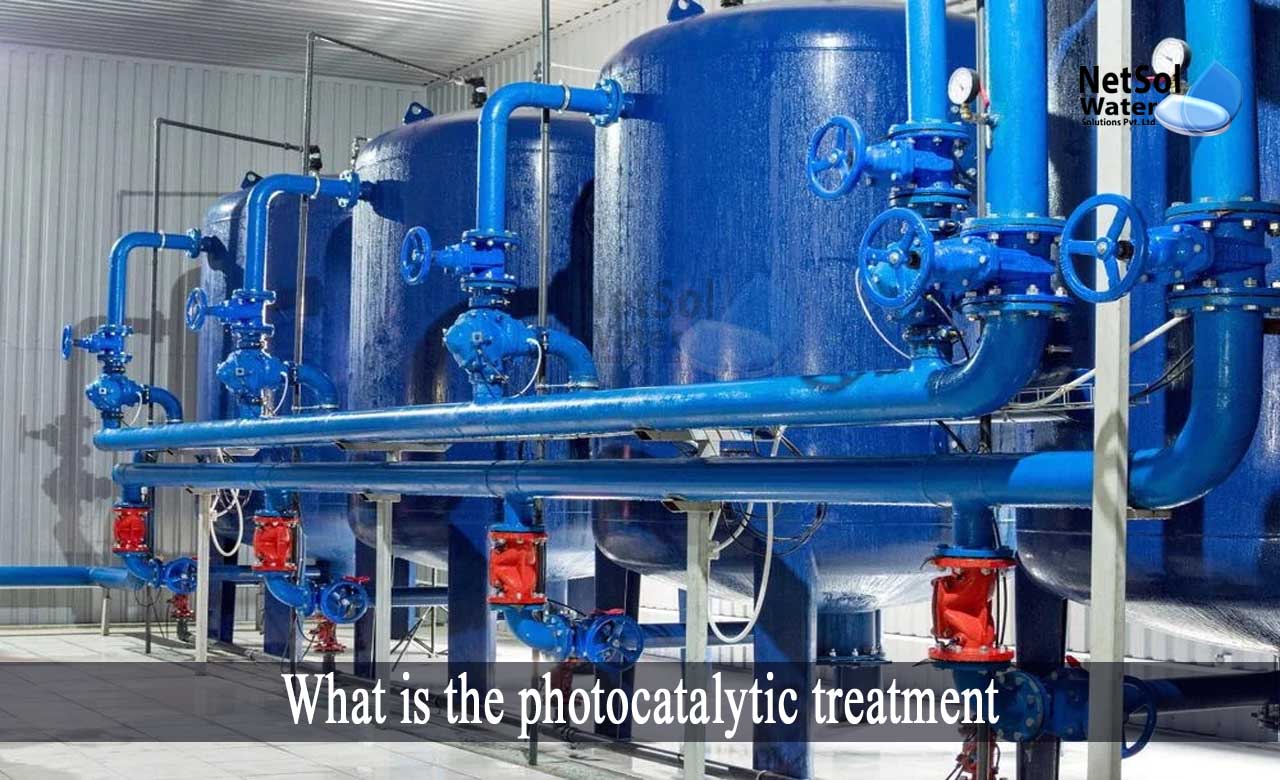What is the photocatalytic treatment?
Photocatalysts are a procedure that is one of the most appealing methods of breaking down organic pollutants. This is due to its prospective, quick, and effective pollutant degrading capabilities, which are achieved by allowing both spontaneous and non-spontaneous reactions, to optimize the overall process.
As photocatalysis requires the utilization of light energy to engage the photocatalytic activity, this is exciting because the reaction may be regulated using light or photon supply. Usually, this treatment is used to treat pharmaceutical wastewater.
Pharmaceutical contamination in water is caused by the following factors-
India has allegedly tripled their yearly use of pharmaceutical pollutants (PP), due to medical usage for treatment, and economic use for commercial aquaculture. As a result, PP chemical residues are released into wastewater on a constant basis as parent compounds, derivative conjugates, or metabolites via wash-off, urine, and faeces.
PP can also enter surface water from direct discharge from industries, hospitals, and home wastewater, as well as surface runoff (through the use of contaminated biosolids as manure spread on agricultural land), reaching water bodies and groundwater, via leaching or bank filtration.
Additionally, PP can also enter the aquatic environment via the landfilling of leftover medicines, irrigation with wastewater, off-label emissions, and the disposal of processed animal corpses. Aquatic sediments can retain a substantial quantity of PP due to their high affinity binding/sorption capability. Aside from the application of polluted biosolids to farming soils, some PP enters the soil and diverse terrestrial domains, via atmospherically transmitted aerodynamically sized PP particles deposition (air/wet).
How is pharmaceutical wastewater treated using the photocatalytic treatment?
When light strikes the surface of a photocatalyst at a wavelength equal to, or higher than the bandgap of the material, electrons in the valence band are excited and jump to the conduction band, generating an electron-hole pair. The created electron-hole pair causes the subsequent redox reactions, that breaks down the pollutants.
The electron reduces dissolved oxygen to form a superoxide anion, whereas the hole oxidizes water to produce hydrogen gas and the hydroxyl radical (OH–). The oxidative agent’s superoxide anion and hydroxyl radical, may destroy a wide spectrum of compounds.
Treatment as per the quality of pharmaceutical pollutant
The oxidative agent’s superoxide anion and hydroxyl radical may destroy a wide spectrum of compounds. Photodegradation can take a number of courses depending on the contaminant structure, contaminant quantity, water chemistry, experimental parameters, and nanomaterial loading. As an example:
· Paracetamol
The hydroxyl radical is the major reactant in the photocatalytic degradation of paracetamol, causing hydroxylation and aromatic ring disintegration. The compounds formed by paracetamol hydroxylation (for example, hydroquinone) are oxidized further, resulting in unstable structures that dissolve in aqueous solutions. Furthermore, when the superoxide anion concentration is greater than that required, the hydroxyl radical, or superoxide anion, can damage paracetamol.
Various categories of photocatalysts
1: Titanium dioxide, a UV-activated photocatalyst, is utilized in commercially available water filtration devices, and might be employed in the Advanced Oxidation Process (AOP), to help remove a variety of contaminants.
2: Photocatalysts are getting more affordable, and their widespread use is becoming more feasible, due to advances in photocatalytic materials.
3: There are various advantages to using traditional photocatalysts (TiO2 and ZnO), including chemical-physical stability, cheap cost, and environmental friendliness.
Conclusion
Pharmaceutical pollutants in the environment may be subjected to more comprehensive monitoring, in order to better determine their danger and environmental effect. Nonetheless, maximal elimination may be necessary, and the application of membrane technology in water treatment may be critical, in terms of human health.
Netsol Water provides the best membrane technologies, including photocatalytic treatment, to treat organic materials, and pharmaceutical wastewaters. Based in Greater Noida, we deal with every manufacturing facility around the globe, and provide them with the affordable customized solutions,
Netsol Water is Greater Noida-based leading water & wastewater treatment plant manufacturer. We are industry's most demanding company based on client review and work quality. We are known as best commercial RO plant manufacturers, industrial RO plant manufacturer, sewage treatment plant manufacturer, Water Softener Plant Manufacturers and effluent treatment plant manufacturers. Apart from this 24x7 customer support is our USP. Call on +91-9650608473, or write us at enquiry@netsolwater.com for any support, inquiry or product-purchase related query.



